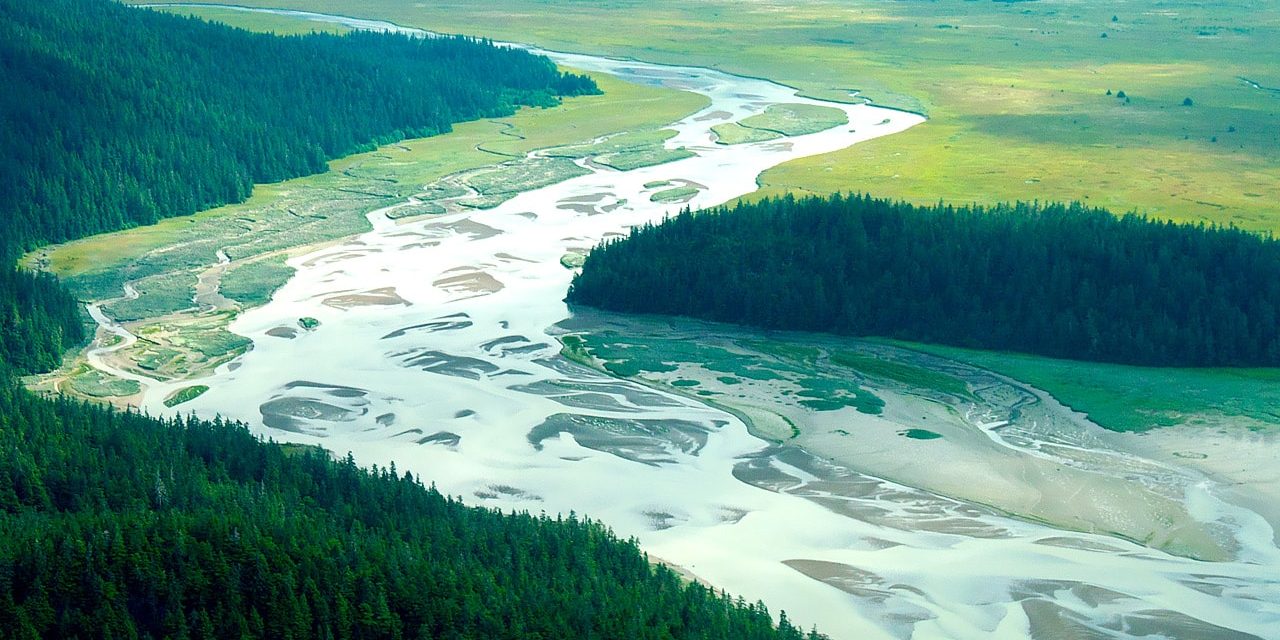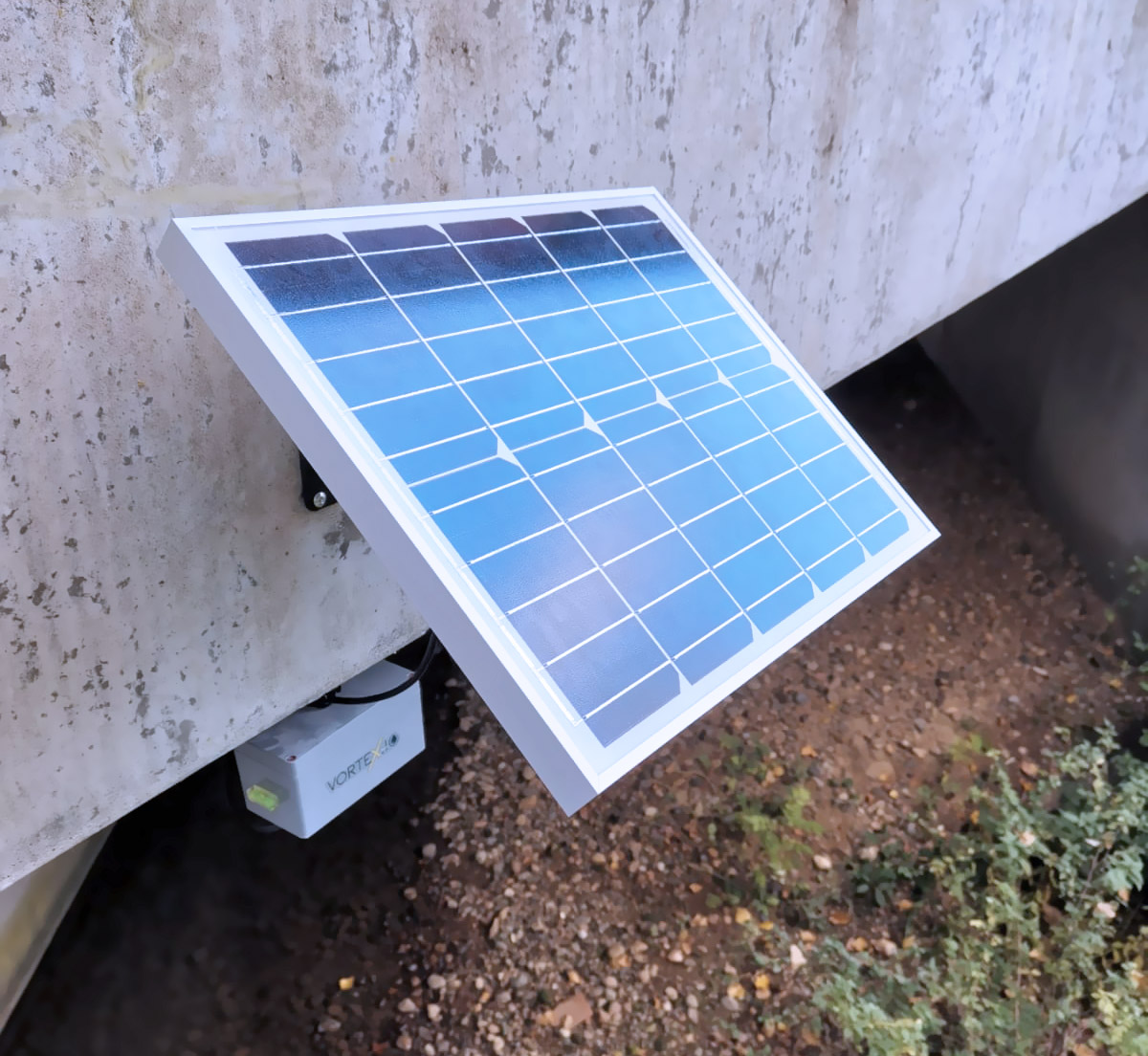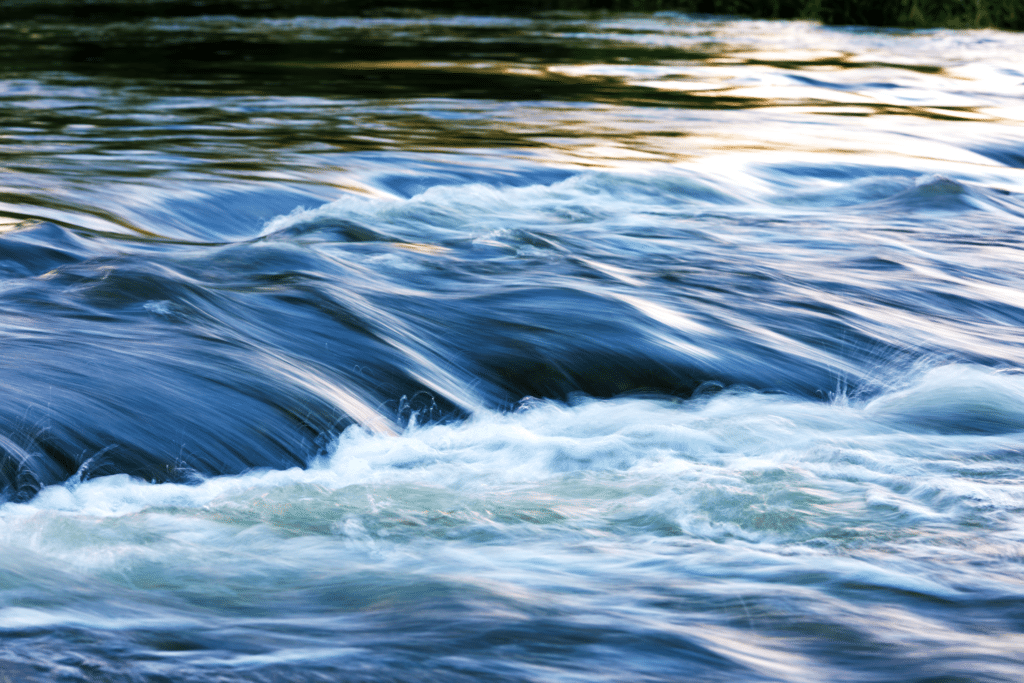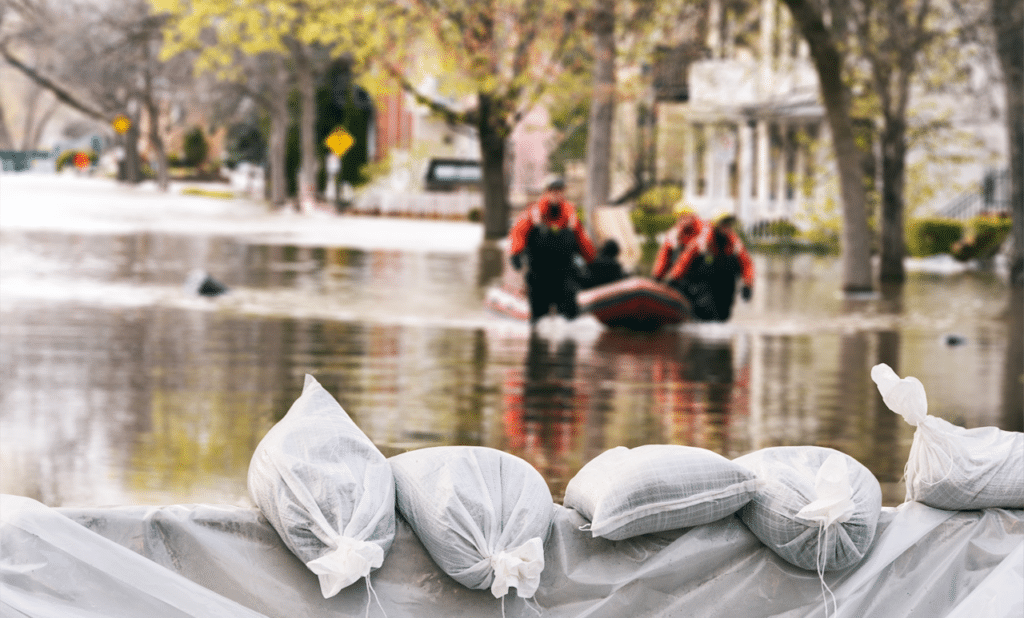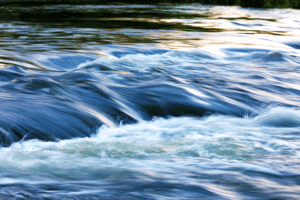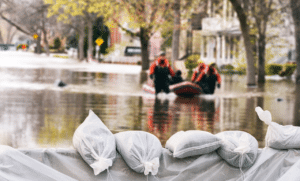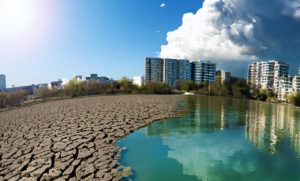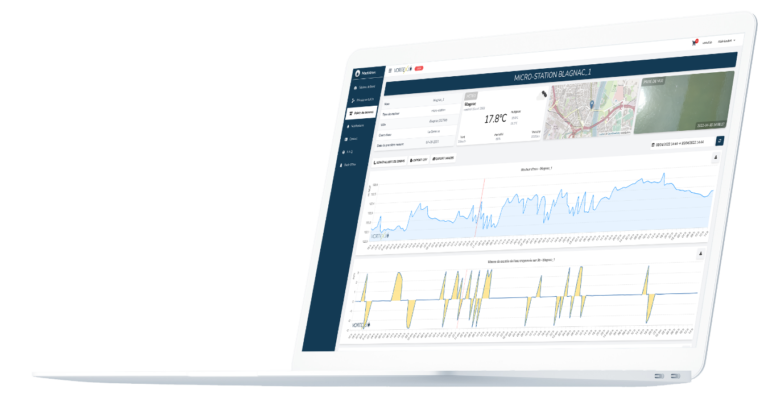When the climate gets out of control and drought and heatwaves combine, large-scale forest fires are unfortunately not the only risks to the natural environment. Aquatic areas and wetlands also suffer from this situation, sometimes dramatically.
The summer of 2022 proved to be exceptionally hot, one of the most scorching ever recorded by national weather records from various countries. In Western Europe, France, the United Kingdom, Spain, and Portugal experienced intense heat episodes with temperatures reaching 40°C on several occasions with varying durations. This is nothing new, one might say, as summer is regularly the scene of extreme heatwaves, whether in Europe, the United States, India, Australia, Brazil, etc. Indeed. But the intensity and frequency of these suffocating peaks is rapidly increasing, as records from meteorologists around the world attest. The World Meteorological Organization (WMO), a specialized agency of the United Nations, reported that July 2022 was one of the hottest months on record globally.
These periods of intense droughts are also particularly sensitive regarding the risk of fires, particularly forest fires. No debate on this point, every summer brings its sad procession of forests ravaged by fire and 2022 has unfortunately distinguished itself on this front. Even though the media largely covered the dramatic news on a daily basis, there are however other ecological risks, largely less known and also linked to periods of heatwaves and droughts.
Huge networks at risk
These risks concern the fast and catastrophic degradation, in terms of quality and quantity, of lakes, rivers, and all aquatic environments and wetlands. These complex ecosystems are experiencing much the same fate on territories extending to the scale of entire countries and even beyond.
When extremely high temperatures extend over long periods of time and are compounded by a severe lack of rainfall, water levels drop and at the same time water temperature rises. Almost all natural aquatic environments thus end up in a situation of stress, even fragility and danger. Due to the interplay of watersheds and the interconnection of waterways, this situation can quickly spread and extend to huge territories.
Especially since the risks threatening natural aquatic environments can accumulate and aggravate each other.
Excessive fish mortality rate
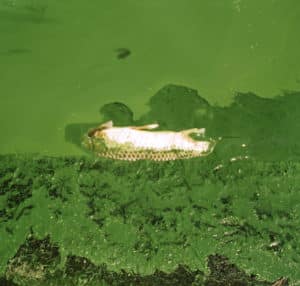
The first victims of these extreme climate periods are usually the fish populations in the hydrological systems we are talking about.
The decrease in the water volume in rivers causes a forced concentration of fish fauna, a major stress factor for fish, especially for fish larvae, which are more fragile and easily exposed to their predators. The drop in water level is usually combined with a rise in temperature, increasing the risk exponentially.
Eutrophication of environments and alteration of water quality
The scarcity or even disappearance of rainfalls combined with evaporation due to heat are directly responsible for the appearance of another risk. The eutrophication of aquatic environments is a pollution phenomenon, the origin of which can be natural or due to human activity, caused by the excessive concentration of nutrients certain algae can assimilate. Matter in excess leads to the proliferation of certain species of aquatic plants, phytoplankton and aerobic bacteria, which causes a disequilibrium in the environment due to the overconsumption of oxygen it causes. This alteration of water quality can cause an impoverishment, then literally death by asphyxiation of an aquatic ecosystem. Heat and droughts considerably increase this eutrophication phenomenon in the environment, since when flows decrease significantly, the water concentration in nitrogen, carbon, nitrates, and phosphates accelerates proportionally. It is therefore a major risk in terms of ecology and biodiversity of aquatic environments and wetlands.
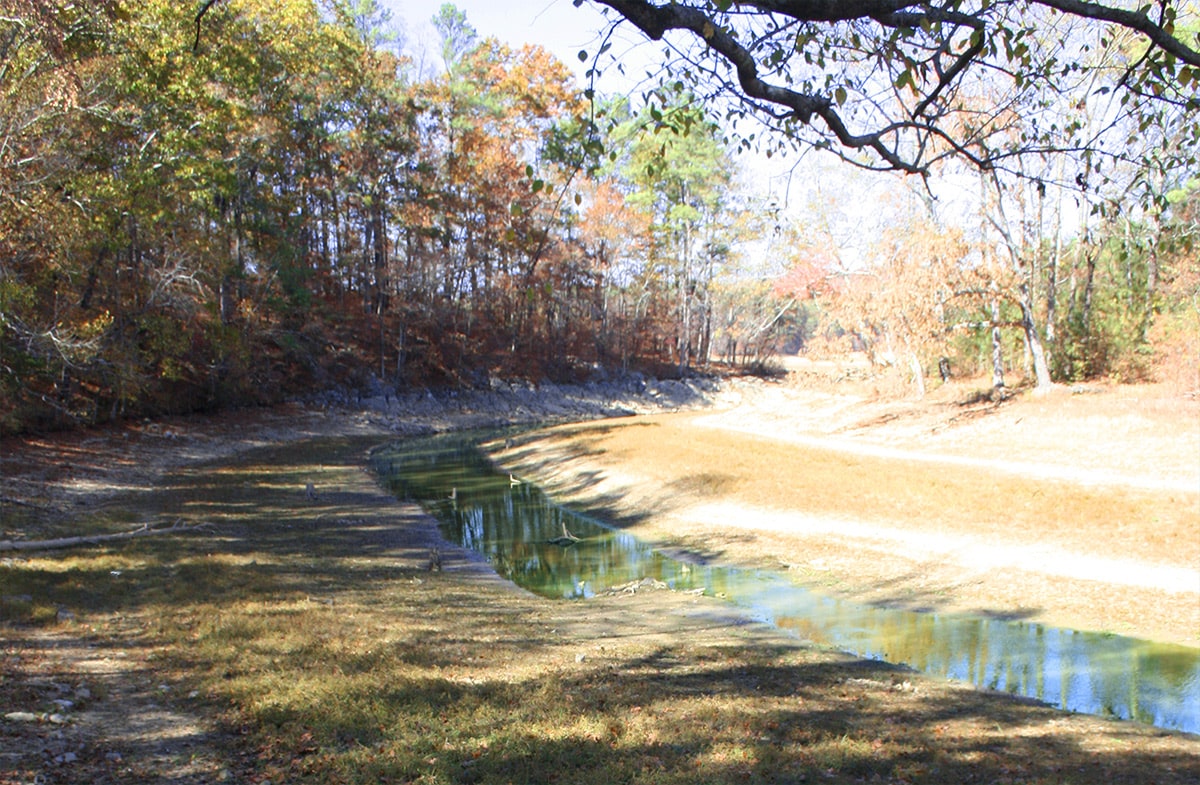
Bank erosion
Banks of lakes and watercourses are the buffer zone between aquatic and terrestrial environments. This transitional situation makes banks extremely rich environments in terms of biodiversity, but also particularly fragile because it is subject to strong constraints throughout the annual cycles. The constant variations of humidity-flooding-drought, temperature, and flow, put a strain on these sensitive areas and expose them ongoing erosion.
If it seems obvious that flooding episodes are particularly violent for the banks of natural aquatic environments, one could however easily underestimate the impact that periods of drought and heatwaves have on them.
The bank soil constitutes a most favorable support for the establishment and development of numerous plant species, the riparian woodland. This flora provides important functions of shading and water filtering, favoring the natural regulation of temperature and the water quality of aquatic environments, reducing the risk of eutrophication. When heatwaves and droughst reach dramatic levels, like those of the summer of 2022, many riparian woodland plants dry out and eventually die, no longer providing their regulatory function. Their root system loses strength and then disappears, and with it its soil stabilization function, seriously accentuating the risk of erosion caused by future floods, rainfall runoff and human activities. The repeated swelling/contraction cycles of the banks due to alternating periods of flooding and droughts also play an important role in the fragility of this sensitive transition area.
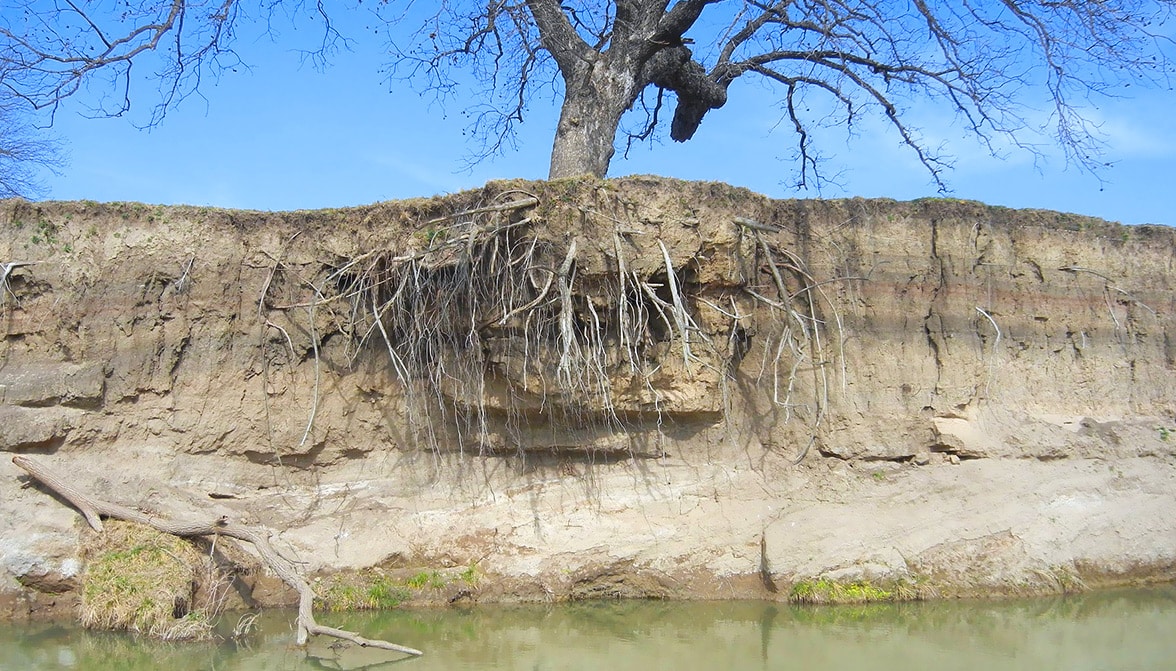
Monitoring tools and the role of prevention in drought risk management
Throughout the history of humanity climatic hazards have of course always been part of the cyclical risks borne by each civilization, and the 21st century is no exception to this law. Each passing season brings with it its share of chaotic episodes. We are bearing the brunt of the effects of global, rapid, and increasingly brutal climate change. But there is no point in giving in to sterile catastrophism, on the contrary, there is still time to act, with the aim of preventing, anticipating, and minimizing the effects of climate change, particularly the risks of water-related natural disasters. Science allows us to better understand the water cycles, locally as well as globally.
Oceanography, hydrology, and fluviology allow us to better understand nature and how to palliate its instabilities, at least partially.
The means of knowledge and technologies at the disposal of our modern societies are numerous and more and more efficient. Hydraulic structures, reasoned management of water resources, ecology of natural environments, progress in Earth observation space missions dedicated to hydrology, the development of monitoring networks (via in-situ hydrological stations and intelligent and communicating field sensors) are powerful tools at our disposal to measure, understand and finally act. We must also add to this “arsenal” the constant progress of predictive computer models and hydrological applications. The development of Artificial Intelligence has greatly contributed to this progress.
In addition to these technical tools, we can also be legitimately confident in the change that is taking place (somewhat forcibly, it must be said) in the way we perceive our relationship with the planet. Realizing a little more each day how much we are an integral part of nature and how much we are intimately dependent on it can only push us to change our paradigm. Quickly.
